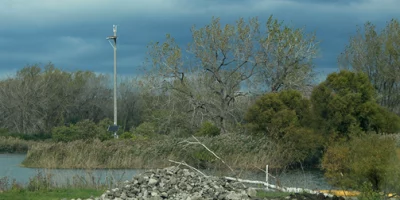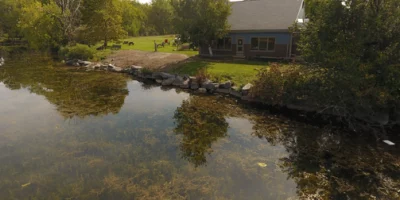Living Shorelines Restoration
With funding provided by the Greenway Ecological Fund, Buffalo Niagara Waterkeeper is implemented a Living Shorelines restoration project at Tifft Nature Preserve that was completed in spring of 2019. The Preserve is a 264-acre urban nature refuge dedicated to conservation and environmental education.
Partners
Greenway Ecological Fund
Buffalo Museum of Science, City of Buffalo
Scott Lawn Yard, Wendel Companies
The Place
Historically, the land that is now Tifft Nature Preserve was part of a large dairy farm owned by George Washington Tifft, and later became a shipping facility and dump until the city was petitioned in the 1970s to turn the area into a nature preserve.
Despite the industrial history of the site, the Preserve provides valuable wildlife habitat and greenspace within the City of Buffalo. It is also designated as a Significant Coastal Fish and Wildlife Habitat by the NYS Department of State and an Important Bird Area by Audubon.
The Project
The Living Shoreline project area is located along approximately 300 linear feet of Lake Kirsty, just to the east of the Visitor Center.
Prior to restoration, the shoreline was comprised of large boulders that created a hard edge and separated the land from the water. A dense stand of Japanese Knotweed, and invasive species, once dominated a large portion of the project area. Invasive species treatments over several years successfully reduced the regrowth of Knotweed, providing a blank slate for restoration to occur.
Goals for Restoration at This Site
Remove the existing hard shoreline and create a gradual transition between the land and water
Utilize natural materials and re-use materials from on-site to maximize habitat value while protecting the shoreline from erosive forces
Establish beneficial native vegetation throughout the project area
Create valuable habitat and shoreline accessibility for fish and wildlife
Protective fencing will remain around and within the project area for several seasons in order to protect from deer, goose, and other wildlife herbivory as the new plants are establishing. The restored shoreline achieves a more natural and healthy shoreline, promotes improved water quality, and provides valuable habitat for the fish and wildlife at the Preserve.






